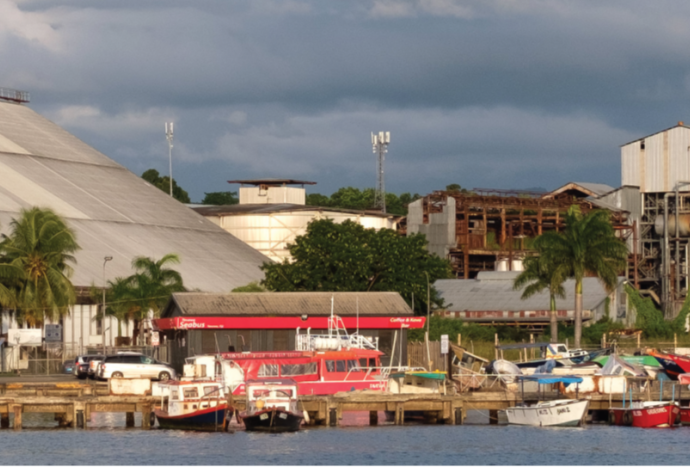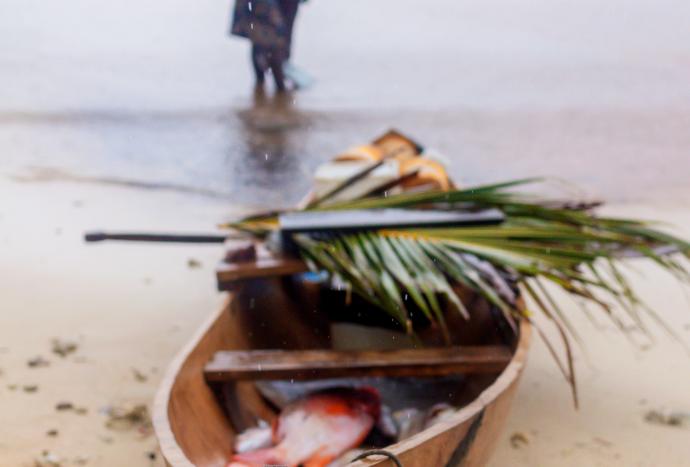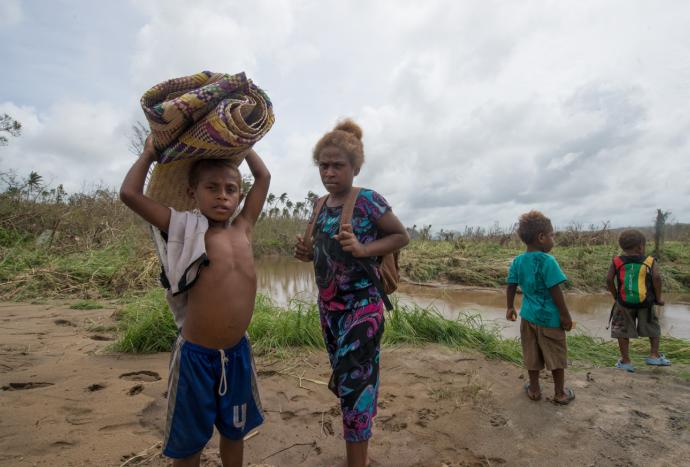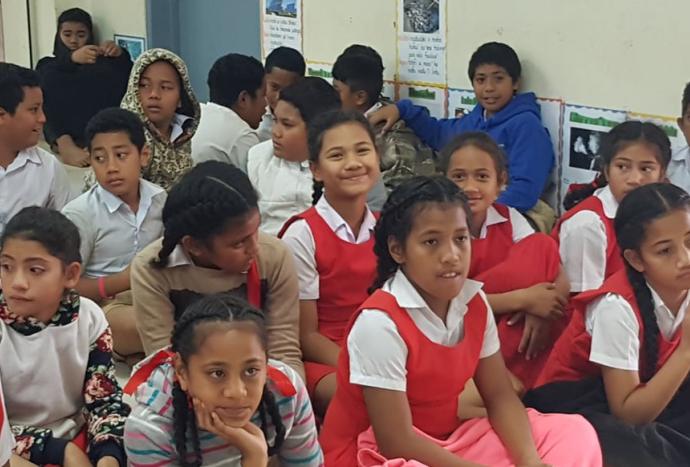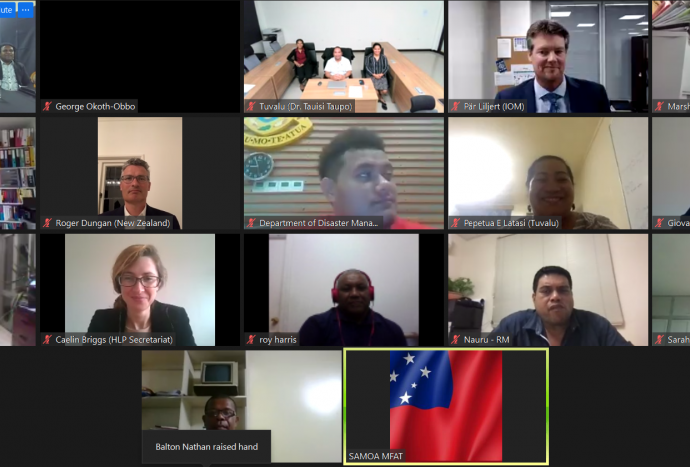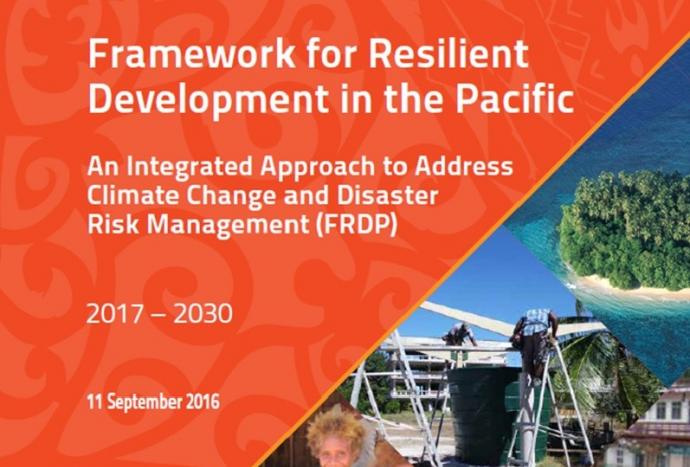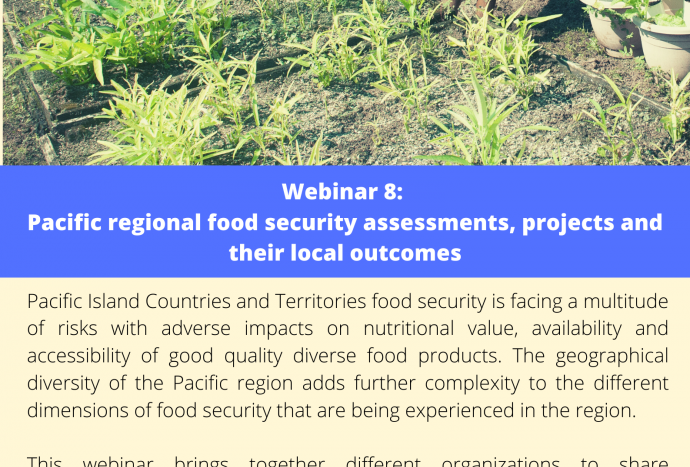Key Principles that are Central to the Implementation of the FRDP
Integrate climate change and disaster risk management (where possible) and mainstream into development planning including policy making, planning, financing, programming and implementation, to build resilience.
Strengthen and develop partnerships across countries and territories, including sharing of lessons learned and best practices, but without compromising sovereignty and related considerations.
Protect human rights, such as the right to life, safety, dignity, non-discrimination, and access to basic necessities, to ensure that every person has equitable access to humanitarian and development assistance, according to his or her specific needs.
Prioritise the needs and respect the rights of the most vulnerable, including but not limited to women, persons with disabilities, children, youth and older persons, and facilitate their effective participation in planning and implementation of all activities.
Integrate gender considerations, advocate and support equitable participation of men and women in the planning and implementation of all activities.
Ensure that resilient development is sustainable and aims to alleviate poverty and hardship.
Incorporate ecosystem-based services and functions in resilience building.
Advocate open and ready access to reliable sources of traditional and contemporary information.
Build on and help reinforce cultural and traditional resilience and knowledge of communities, who should be engaged as key actors in designing plans, activities and solutions that are of relevance to them.
Acknowledge and factor in traditional holistic worldview, where spirituality plays an integral role in constructing meaningful life and pro-active existence.
More information on the FRDP and case studies document.
Download the file below for an Elaboration of the FRDP & A Review of the Efficiency & Effectiveness of the PRP Governance Arrangements Report
Key links relevant to resilient development in the Pacific:
More on FRDP
